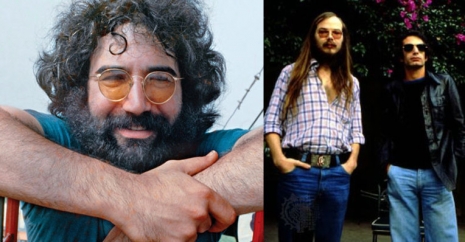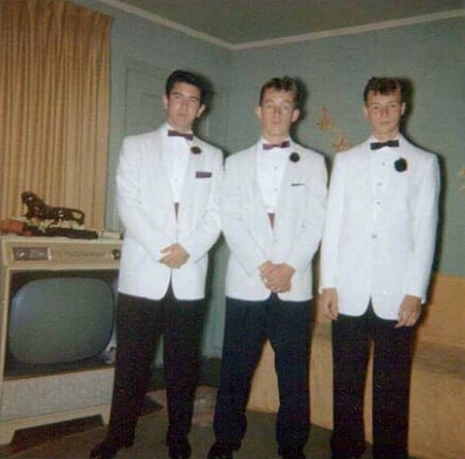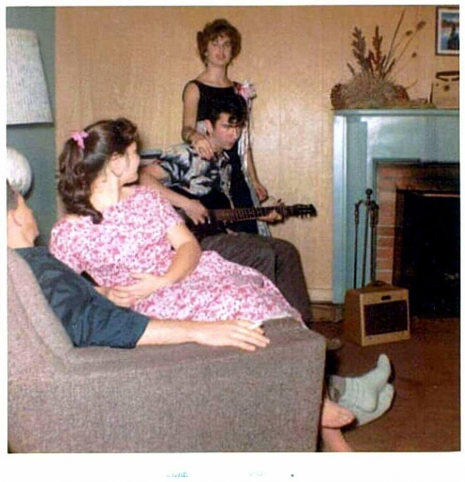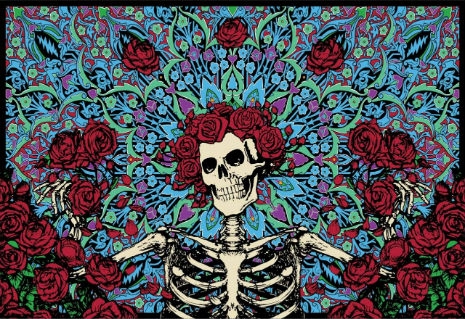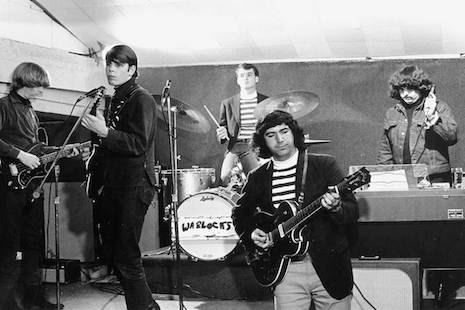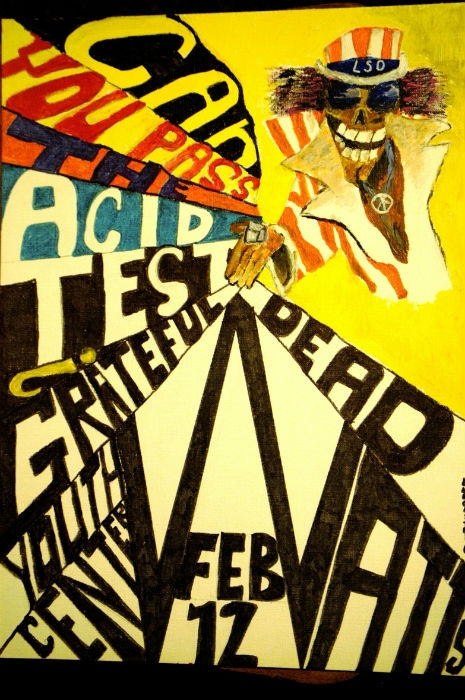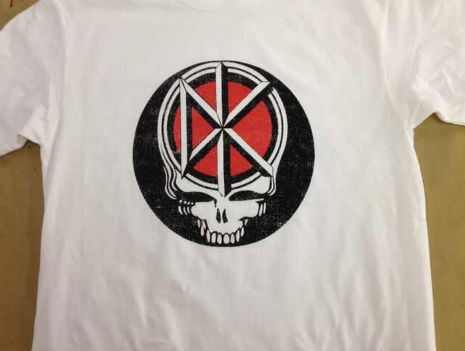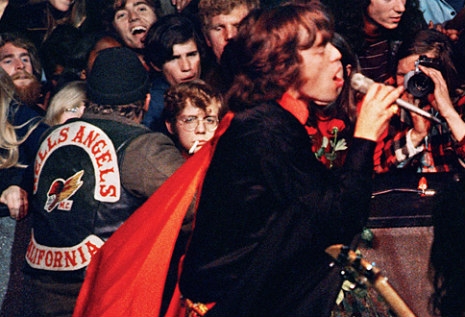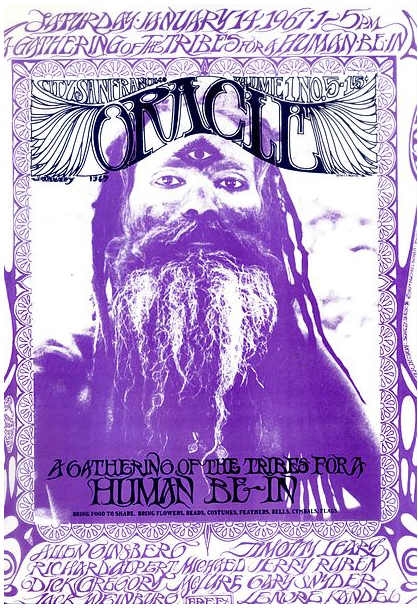
It’s been said that one out of every three people aged 17-24 from New York and Boston was at Watkins Glen on July 28, 1973. Woodstock might have been the more iconic festival, but there was nothing quite like Summer Jam at Watkins Glen. And for some reason, much of what happened that day remains largely forgotten.
The Guinness Book of World Records recognized the Summer Jam, which took place in the town of Watkins Glen, New York, as the “Largest audience at a pop festival.” Over 600,000 people showed up to the event and there were only three performers: The Allman Brothers Band, The Band, and The Grateful Dead. For scale, only 400,000 people showed up to Woodstock. Event producers Shelly Finkel and Jim Koplik had previously promoted a Dead show in Hartford, where an onstage jam with a couple of the Allman Brothers took place. This prompted the formulation of Summer Jam and the event was organized by prominent Bay Area promoter, Bill Graham. Tickets for the show were sold for just $10, that is, until they capped-out at 150,000 and just stopped checking for tickets. It’s not called gatecrashing if the front door is left wide open.
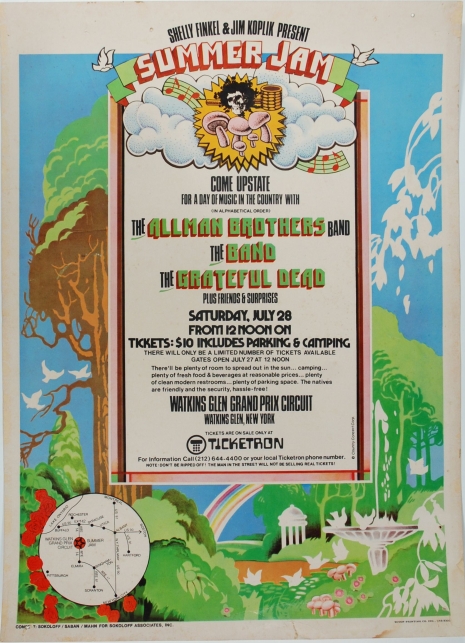
Prior to the festival, the population of the town of Watkins Glen was approximately 2,700. Once the hippies started rolling in, however, businesses began to shut down and the local supply of beer and food seemingly disappeared. The traffic pileup headed toward the Grand Prix Raceway was so severe that fans ditched their vehicles and walked the remainder of the way. Concert Free Radio, a Hartford pirate radio station that disguised itself as a Canadian network for legal-purposes, broadcasted traffic and safety reports to the incoming masses. They also aired interviews with Bill Graham, Bob Weir, and live segments from the historic show. Many weren’t able to watch the concert due to the traffic, or simply because there were so-many-goddamn-people that no one could see the stage.
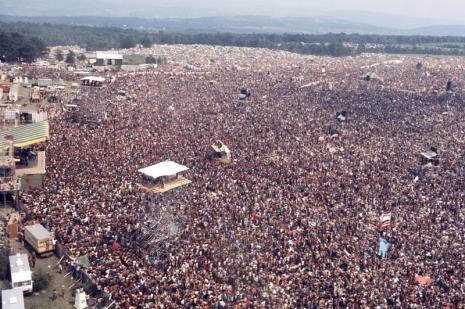
Even if you know absolutely nothing about The Grateful Dead, I’m certain you are aware that they are a band best enjoyed live. Even if “live” means by way of thousands of bootlegged (and otherwise) recordings of their sets from over the years. Many deadheads refer to the period surrounding Watkins Glen as being an exceptional one for their live performances. A valid sentiment considering it came just after Europe ‘72. The Dead played for between 3-5 hours at the Summer Jam and even made an appearance during The Allman Brothers’ encore for an impromptu finale.

But no one really talks that much about the actual Grateful Dead set of Summer Jam at Watkins Glen. It was during their soundcheck the day prior that has been viewed as almost mythical (for those real heads). Times were different back then and, although the one-day festival was scheduled for Saturday, thousands of fans showed up to the grounds days before. Soundcheck was to take place on Friday and Bill Graham allowed it continue, despite the growing crowd. The Band and Allman Brothers ran through a couple of numbers, much to the enjoyment of those actually there for the music. In true Grateful Dead fashion, Jerry & Co warmed up with two sets. Their soundcheck was nearly two hours long.
Among songs performed during the immortalized “Soundcheck at Summer Jam” were Grateful Dead favorites “Sugaree,” “Tennessee Jed,” and “Wharf Rat.” The most significant of which was one later known as “Soundcheck Jam.” The second set improvisational jam was entirely unique to this particular time-and-place at Watkins Glen and, as a result, its recording became highly sought after by The Dead’s audiophile, obsessive fanbase. The So Many Roads (1965-1995) boxset released in 1999 has since catalogued a recording of the performance, having made it widely-available for the first time since the Summer Jam. The entire soundcheck set from July 27th can be streamed here.
Listen to The Grateful Dead’s ‘Soundcheck Jam” after the jump…






